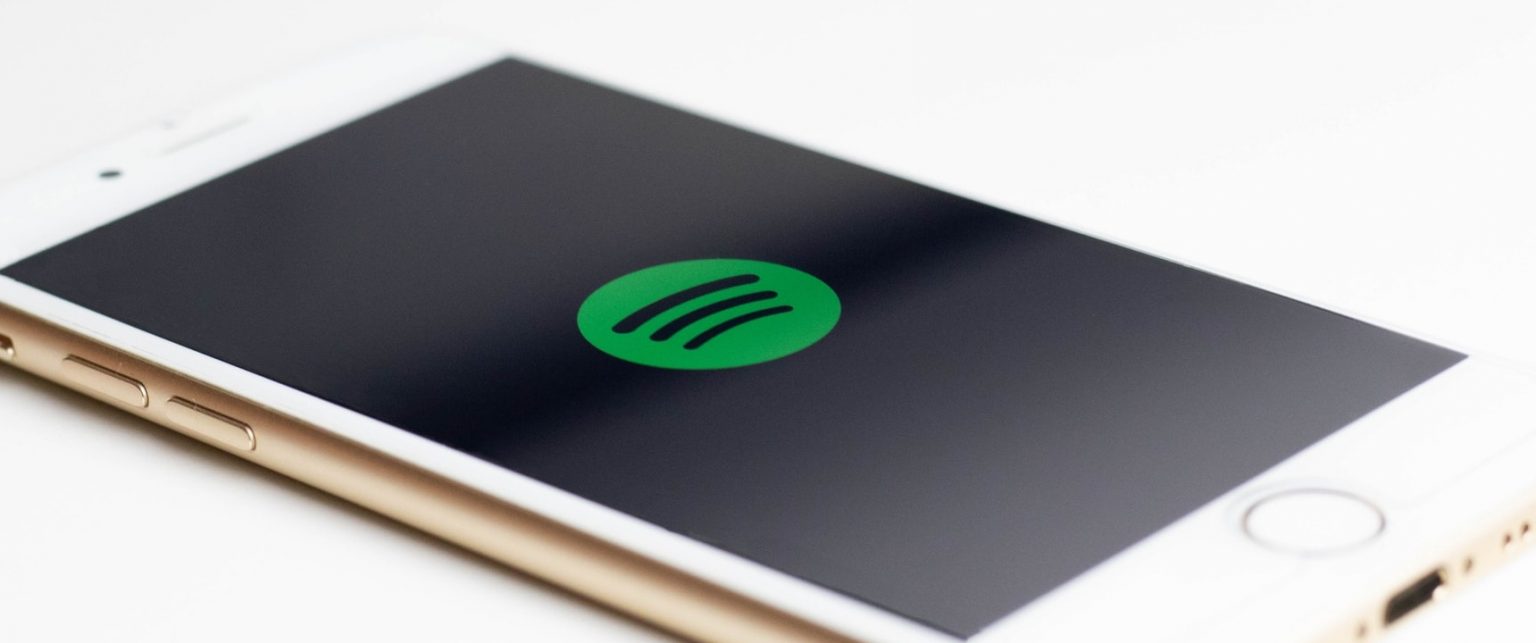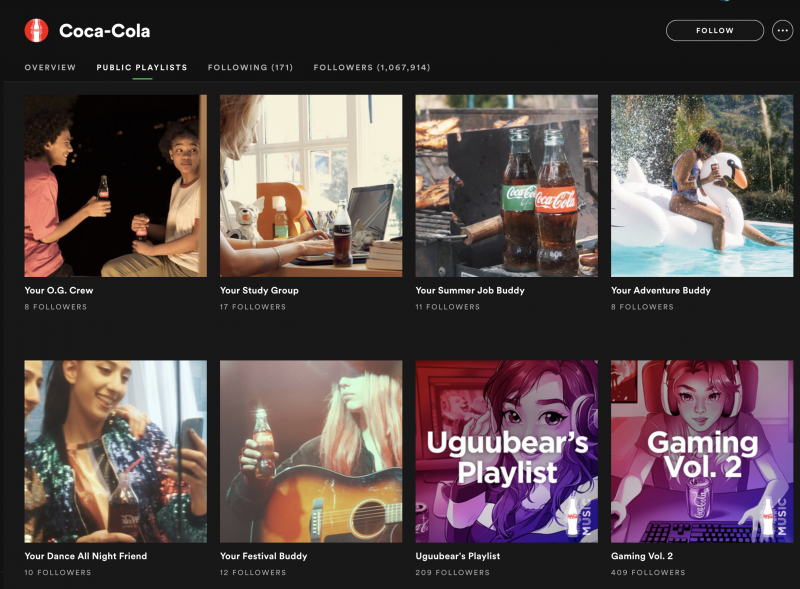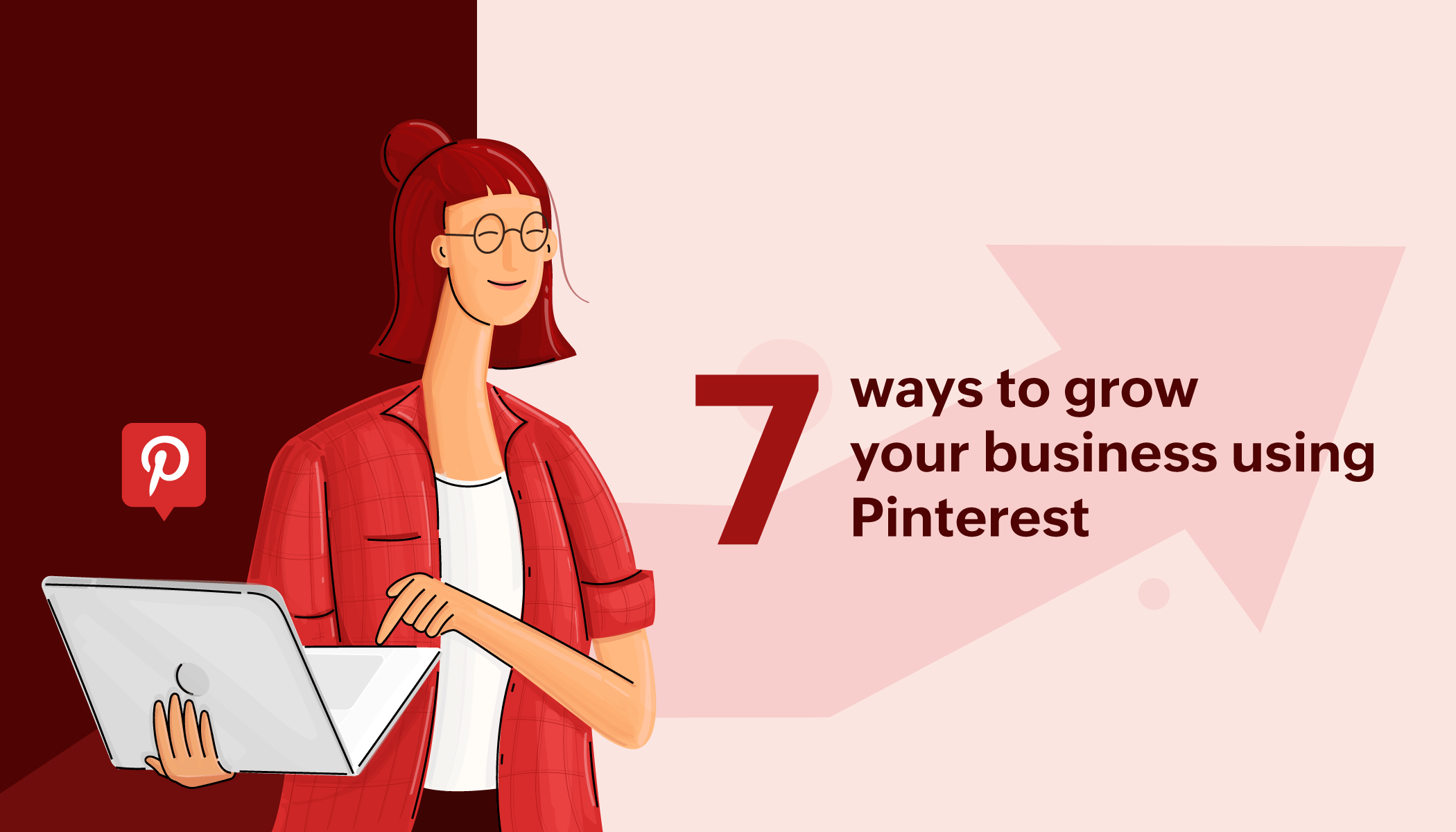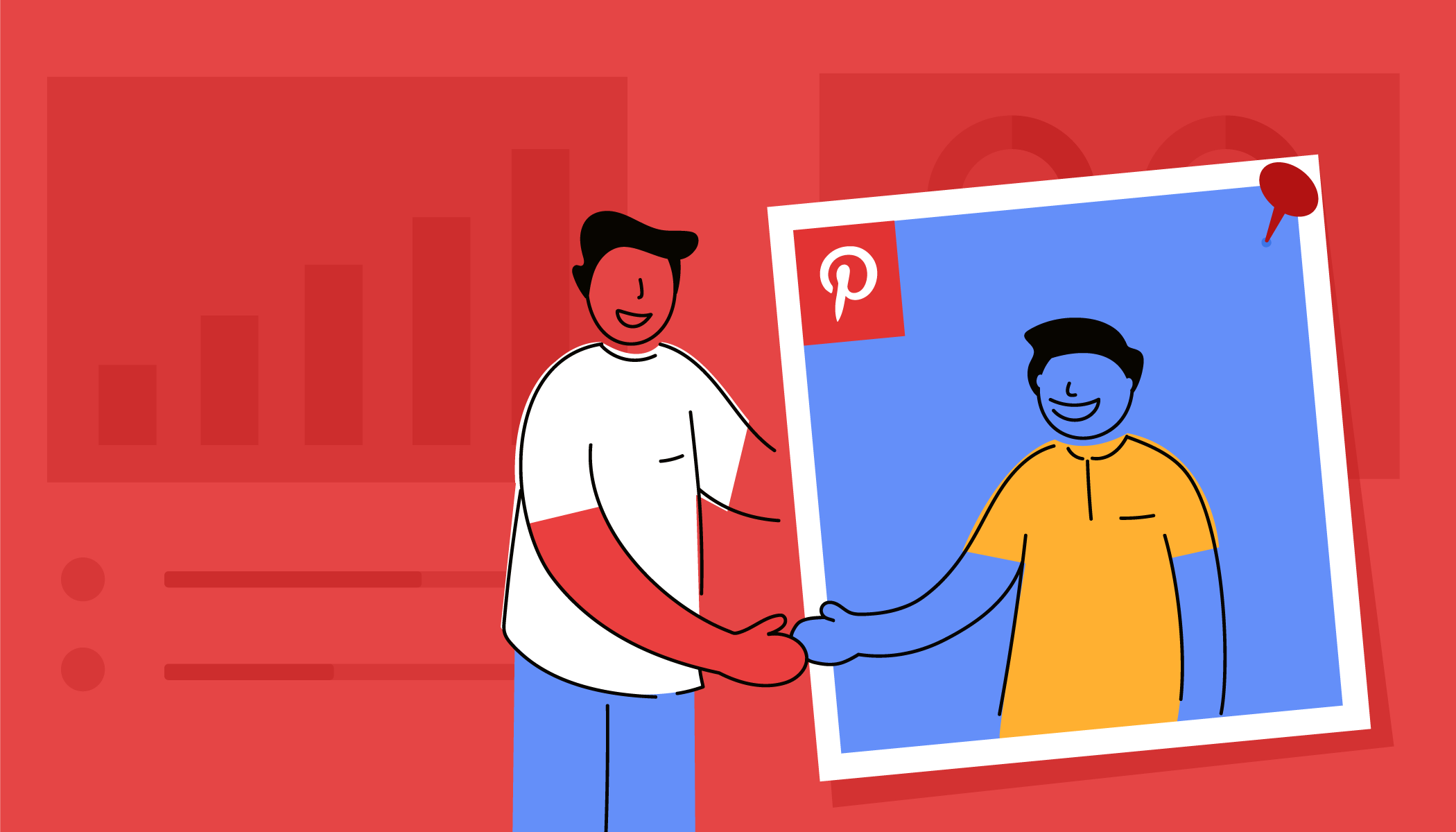Getting started with Spotify for marketing
- Last Updated : August 17, 2023
- 9.3K Views
- 9 Min Read

When we think of social media marketing, there are so many networks to choose from. Facebook, Twitter, and Instagram are the obvious ones, but an emerging trend that we’d noticed going in to the new year was the emergence of niche platforms for marketing. One such platform that’s been flying under the radar for the last few years is Spotify, and while it might seem counter-intuitive to use it as a marketing channel for your brand at first, it can actually be a great idea.
Some brands are already using Spotify as a platform to promote themselves, and the results are exciting. Spotify has literally changed the way the world consumes music and audio content, and with over 217 million users, it could be an attractive channel for your brand. And this becomes more attractive when put in context—while Facebook, YouTube, and Instagram each have billions of users, other big networks such as Twitter, Reddit, LinkedIn, and even Pinterest and Snapchat are all around the 300 million users mark.
While Spotify might not traditionally be considered a social channel, what’s really important is for brands to be present where their customers are, and then find ways to engage with them effectively. Spotify is one of the most famous music streaming apps in the world, and could potentially be a gold mine for marketers, as well. Here are some of the ways in which Spotify can help your digital marketing efforts.
Why should you consider Spotify?
Audience insights: One of Spotify’s most attractive features is the deep audience insights that it provides to content creators. Based on streaming data, Spotify’s streaming intelligence reveals your audience’s mood, tastes, and behavior, each segmented for different demographics. Spotify also claims that their intelligence can now use streaming data to predict offline behavior, as well.
Growth in music and streaming services: The emergence of streaming platforms has created a massive shift in the way people consume audio content, and these platforms have exploded in recent years. It’s estimated that the revenue from streaming services in 2022 alone will be larger than the entire recorded-music market in 2018. By the same year, it’s estimated that 132 million people will be listening to podcasts in the US alone. This, coupled with the fact that 60% of podcast listeners check out a product after hearing an ad about it, means that marketers should look at creating this kind of content more often.
Wide audience reach: With over 200 million active users on the channel, Spotify is a great place for you to reach out and engage with your audience. A lot of people use music and streaming services while they’re multitasking, so this means you can use Spotify’s audio ads to reach people who aren’t even looking at their screens. This gives audio ads an edge over visual mediums, where users have to be looking at the screen to have the desired effect.
Redefining storytelling and personalization: With the emergence of audiobooks, podcasts, and changes in the way music is being consumed, there’s also an opportunity for marketers to tell stories in a different format. While the basics of storytelling remains the same, the new format can spell lots of new opportunities for brands.
Apart from storytelling, brands can also look at different kinds of personalization to offer to their audience. Streaming data can now be used to analyze users and predict their behavior, and the insights from this data can be used in conjunction with their social media activity to create a more personalized marketing campaign.
Now that we’ve taken a look at the advantages you can get from marketing on Spotify, here are some of the basics that you’ll need to cover before you start.
The basics of marketing on Spotify
Defining your target audience: An essential part of any marketing campaign is to define your target audience, or anything you do simply won’t work. Who is your brand for? Who do you want to engage with, and later possibly sell to?
It’s a good idea for you to get as specific here as possible, as your target audience is what will drive your marketing campaigns in the future. It’s recommended that you create an “ideal customer persona,” where you include as many details as possible. How old is this person? What’s their gender? How much money do they make? What are their interests? Try to include as much detail as you would get from a short conversation, and you should be set.
Creating a brand voice: If your brand is already using social media as a marketing platform, chances are that you’ve already established a brand voice. But Spotify is a completely different type of platform altogether.
Forget your “visual voice” for a second. To succeed on Spotify, you’ll need to have an “auditory voice” that matches your brand personality and is liked by your target demographic, as well. What kind of music will resonate well with your brand, and is this a good choice considering the demographic you’re targeting?
If you’re running a gym or manufacturing workout gear, jazz or blues might not be your first choice of genre. Take some time and figure out what “sound” your brand should go with. And once you’ve done this, you’re ready to promote yourself on Spotify.
Creating an account on Spotify
Creating an account on Spotify is pretty simple. You’ll be able to do this from their official site, or on their app.
Spotify lets you create an account with either your email, phone number, or Facebook account. Fill out your details they same way you would for any other social app, using your brand’s name and logo. Some brands edit their logos for their Spotify account, adding music-related imagery to it.
While the sign-up process is self-explanatory, keep in mind that Spotify allows you to share songs and playlists to your Instagram stories app directly. To take advantage of this, consider connecting a Facebook account that’s linked to an Instagram Business page.
Marketing on Spotify
Now that you’ve created your account, it’s time to get started! There are many ways to promote your brand on Spotify, and we’ll go through all of them, but the best way to do this is to create playlists for your brand.
Playlists
There are already over 2 billion playlists on Spotify. To put that in perspective, that’s more than 6 times the entire population of the United States. While you’ll need to distribute your playlists effectively, what this tells you is there is a lot of demand for playlists on Spotify, and the ease with which you can create them makes it an attractive option for marketers.
There are two ways you can do this. First, you could start creating playlists around a particular mood, or activity. This is commonly how playlists are created, and a few brands have already done this. Coca-Cola, in fact, ties this in with their “ShareACoke” campaign, and named their playlists similarly.

Gymshark, a sportswear brand, partners with influencers to create curated playlists. Each of them is a training playlist that features the influencer’s music choices. These playlists have become hugely popular.

No matter the style of playlists you decide to create, there are few basic things you should keep in mind:
- Make sure the playlist you create makes sense for your brand. It would have been weird for Coca-Cola to make workout playlists, or for Gymshark to make a road trip playlist.
- Put at least 10 tracks in each playlist, but the more songs you add the better.
- Include a variety of songs. Try not to use the same artist multiple times in the playlist, too.
- Keep your playlists updated! Add, remove, or change songs frequently. The followers of your playlist get notified when you do this, and it’ll keep your brand in front of their eyes.
When you’re creating playlists, try to give them a consistent naming style. You can even add an emoji to the end of the name so that your playlist stands out, and add a custom cover photo—this can only be done on the web app, however. You’ll need to use a square JPEG image that can’t be more than 4 MB for this.
Promoting your playlists
Once you’ve created your playlist, you should start looking at promoting them, so that you get maximum reach. As mentioned earlier, there are billions of playlists on Spotify, so you’re going to have to put a little bit of effort to get noticed.
Share your playlists on other social media
Firstly, you can start by sharing the link to your playlist on other social networks. Spotify allows you to share your playlists directly on Snapchat, WhatsApp, Instagram Stories, Facebook, Messenger, or Twitter. You can even copy the link to the playlist and share it elsewhere, too.
When on other social media, you can encourage your audience to share the playlists—or their favorite songs from the playlist—to their social media, as well.
Create collaborative playlists
Spotify allows you to create collaborative playlists, where other users will be able to add songs. When you create these playlists, you’re essentially driving user generated content. This can help create some buzz around the playlists you create, and the people who add to your playlists are likely to share it, too.
Like with all user generated content, people who add to your playlists might also feel invested in your brand to a larger extent than if they couldn’t participate in it. This provides additional opportunities for engagement, too.
Promote elsewhere
Finally, you can also consider adding links to your Spotify account on other places, such as your email signature, your websites, or talk about it on threads on networks like Reddit. If you spot opportunities to talk about your playlists at events, you could do that to get the word out. This is another great way for your brand to drive an audience to your Spotify account.
Podcasts
Over the past decade, podcasts have become hugely popular, and there seems to be no sign of it slowing down at all. Spotify too has promised to invest more resources in the podcast format, and have already acquired Gimlet and Anchor, both podcasting apps in line with their promises.
To create podcasts on Spotify, you can use external apps to create it, then publish it to Spotify via these one of these apps (among others):
- Buzzsprout
- Podbean
- Spreaker
- Blubrry
- SimpleCast
Alternatively, you’ll be able to upload your podcasts directly via Spotify. Simply head over to podcasters.spotify.com, and you’ll be asked to enter your podcast’s RSS feed and some additional information.
When you’re creating your podcast, be sure to give it a catchy name and logo in order to attract more people. Also, be careful not to use any copyrighted material in your podcast to avoid any future issues.
When you submit your podcast to Spotify, they’ll usually take 2-5 days to approve and publish it. They don’t notify you when this is done, so you need to manually search in the app to ensure everything is laid out the way you want it to be.
You can share your podcast the same way that you share your playlists. Additionally, you can also create content based on the things that were discussed on your podcasts and then add a link to your podcast in these articles too.
Spotify ads
The best thing about Spotify is that they have a really deep analysis tool, so you’ll get your money’s worth. Here’s an example of what they know about millenials, and how they arrived at this information:
- Millennials are 44% more likely to regularly inform friends and family about new products
- They’re 64% more likely to buy brands they see advertised
- They’re 90% more likely to have the latest tech products
And here’s what they have on mothers:
- Moms are 58% more likely to have a strong interest in health & fitness
- They are 49% more likely to have a strong interest in beauty products
- They are 46% more likely to eat fast food regularly
You can create ads directly from Spotify Ad Studio. But to successfully create these ads, you’ll need to understand how their ad system works. Spotify offers three different types of ads:
- Audio ads
- Video ads
- Display ads
While using the Ad Studio, you’ll start at a minimum budget of $250, and you can experiment with one or more of these ad formats. The targeting that Spotify offers is pretty powerful, too. You’ll be able to target for location, age, gender, and platform, and you can even choose whether you want to advertise across all Spotify music or just in certain genres or playlists.
Spotify also allows for “real-time context targeting” on their app. Based on streaming data, Spotify allows you to target people based on what they’re doing and how they’re feeling at any given moment. For example, you can set your ad to play when people are working out (listening to a workout playlist), or relaxing, or even when they’ve just woken up. It’s a great way for marketers to increase the chance of success by picking out the perfect moment to deliver your ads.
The possibilities are endless on Spotify, and brands are finding new ways to use the platform for success. For example, Wendy’s dropped a mixtape on the platform, with five of their own songs. These are based off the “rap-battle” format, and Wendy’s is seen taking shots at other brands, like Burger King and McDonalds on this mixtape.
And that’s it from us for today! Know of anything we missed, or want to add something? Leave a comment below and we’ll get back to you ASAP!
 Vishal
VishalContent writer at Zoho Social, stand up comedian, and lover of dogs. I read a lot.


